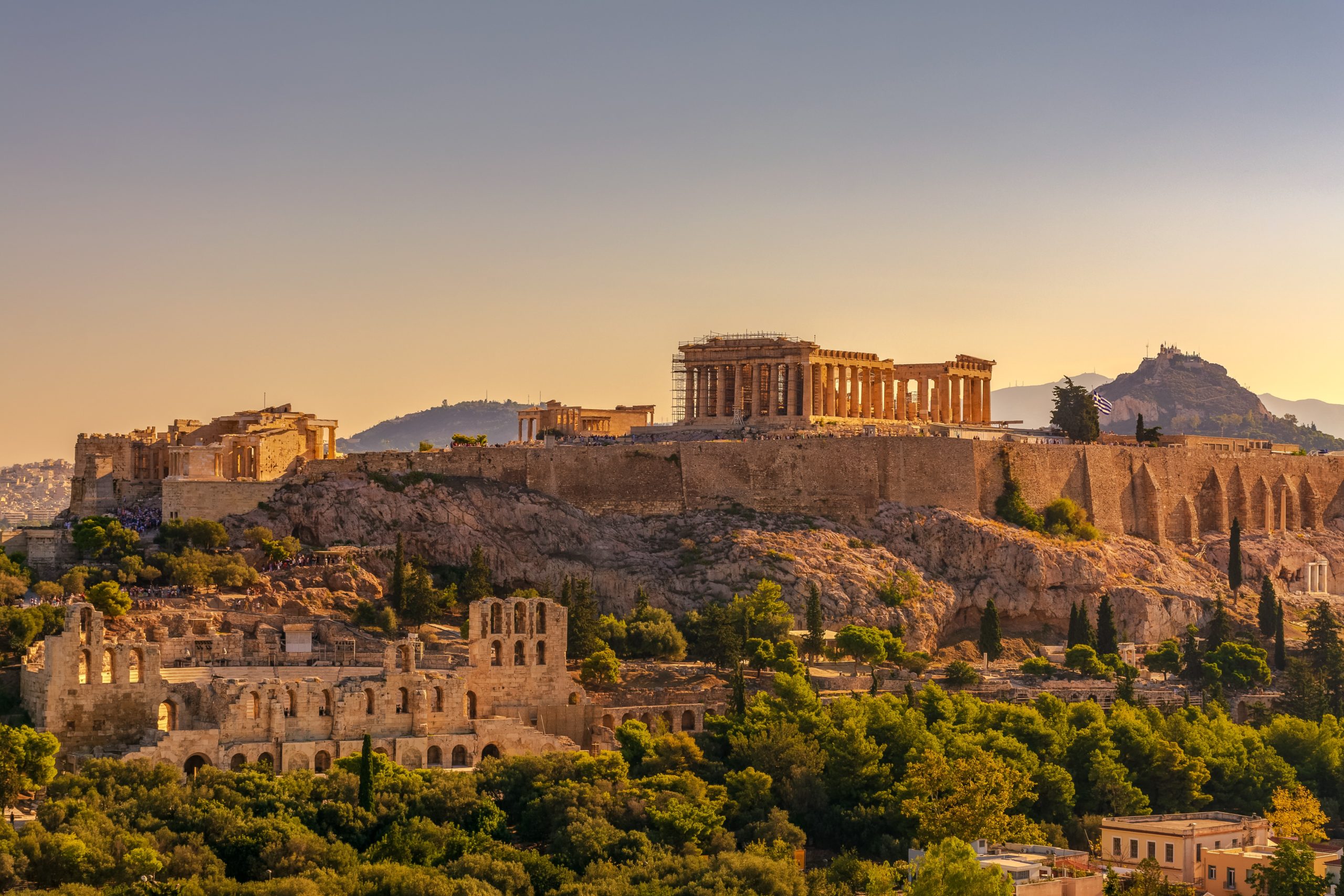11. Study Questions Copy
We suggest that you try to answer the study questions before viewing the answers.
Virgil moves to the historic present to bring this passage to life. Colour is employed once again, and note the use of white and red again (candore, with reference to the snow; rubra..cristae, with reference to his scarlet cloak). The sounds of the scene are emphasised by the use of alliteration, especially of plosive ‘p’ sounds in lines 85-6 (circumstant properi aurigae manibusque lacessunt /pectora plausa cavis et colla comantia pectunt). This is an example of an arming scene, which is seen several times in Homer’s Iliad, as a warrior prepares for battle.
It continues the red and white colour scheme that you have seen already. There is a reference to fire as well, in line 90 (ignipotens deus ipse).
It is clearly a spoil of war, taken from a mighty warrior (and which he will directly address in the following lines).
This is a reference to the popular Roman prejudice that eastern peoples were decadent and effeminate (as well as a possible nod to the Phrygian god Cybele, whose priests underwent ritual castration).
To a bull. Both share a similar aura of power and rage, and ability to inflict extreme violence. He uses fire imagery once again to describe Turnus, this time to signify rage (his agitur furiis, totoque ardentis ab ore/ scintillae absistunt, oculis micat acribus ignis).

